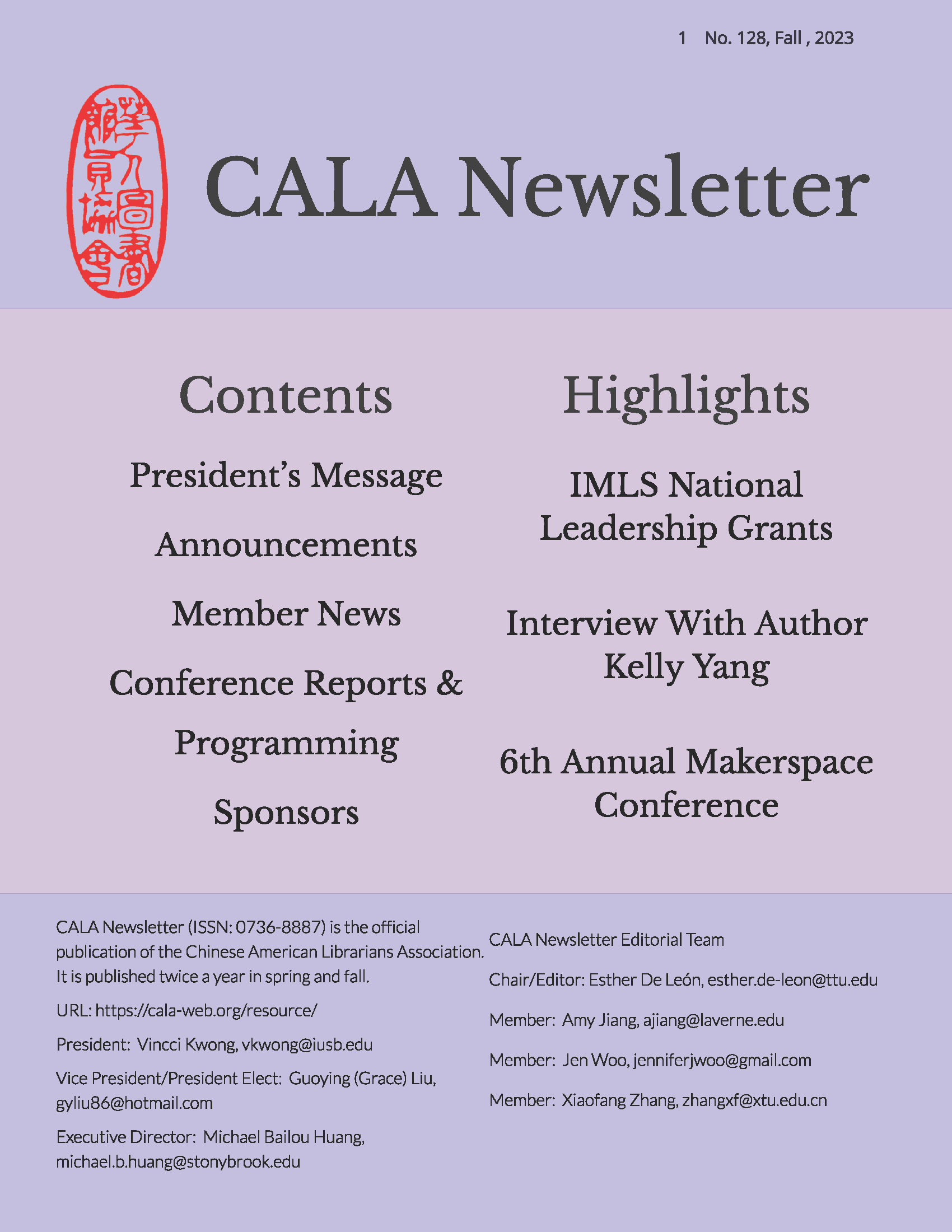Section 1. President
The president shall (1) have an overall responsibility in the programs and activities of the Association; (2) preside at all meetings of the members and of the Board; (3) appoint chairpersons for all standing committees and ad hoc committees from the membership of the Association with the advice of the Board, except for the chairperson of the Conference Program Committee who shall be the vice president/president elect, and the chairperson of the Nominating Committee who shall be the immediate past president; (4) be an ex-officio, non-voting member of all committees; (5) recommend to the Board such measures as he/she considers desirable to further the objectives and increase the effectiveness of the Association; (6) sign all contracts and other legal documents as co-signatory with the executive director; and (7) submit semi-annual and annual reports to the Board and membership through the executive director prior to the midwinter and annual meetings respectively.
Section 2. Vice President/President Elect
The vice president/president elect shall (1) assist the president in carrying out his/her duties; (2) serve as the Conference Program chairperson of the next annual program; (3) assume the duties and obligations of the president in the event of his/her absence or resignation; and (4) perform other duties as may be prescribed by the Board, the Executive Committee, or the president.
The incoming vice-president/president elect shall (1) assist the Executive Board in carrying out their duties as prescribed by the Board; (2) assume the duties and obligations of the vice-president/president elect in the event of his/her absence or resignation; and (3) perform other duties as may be prescribed by the Board, the Executive Committee, or the president.
Section 3. Treasurer
The treasurer shall (1) collect and disburse all funds of the Association under the instruction of the Board or the Executive Committee; (2) sign all checks drawn on Association funds in accordance with budget provisions; (3) keep bank accounts which shall be open to inspections of all members of the Board; (4) balance bank accounts on quarterly basis and submit quarterly reports to the Board through the president and the executive director; (5) furnish periodically such financial statements as may be required by the Board, the president, and the executive director; (6) serve as an ex-officio member of the Finance Committee; (7) submit semi-annual and annual reports to the Board through the president and the executive director prior to the midwinter and annual membership meetings; (8) submit an annual financial report at the annual membership meeting; and (9) co-sign the accounts of the Association with the executive director.
Section 4. Executive Director
The executive director shall (1) be the chief administrative officer of the Association; (2) assist the president and other officers of the Association in carrying out their responsibilities consistent with the policies established by the Board; (3) keep a record of the Board meetings and membership meetings; (4) communicate to members and to others such information as may be requested by the Board or the president; (5) serve as the liaison officer with the American Library Association, chapters and affiliates of the Association, and other outside agencies; (6) sign all contracts and legal documents as co-signatory with the president; (7) oversee bank accounts with the treasurer as co-signatory; and (8) perform other duties as may be prescribed by the Board or the Executive Committee.
Section 5. At-Large Directors
At-large directors shall (1) attend meetings of the Board and serve on committees of the Association, and (2) formulate and administer policies and programs that further the objectives of the Association.
Section 6. Journal Editor
The journal editor shall (1) edit and submit articles for publication in the journal of the Association in accordance with the editorial policies established by the Board, (2) oversee the publication and distribution of the journal, (3) prepare budget request and manage the authorized journal budget, (4) serve as an ex-officio member of the Publication Committee, and (5) submit semi-annual and annual reports to the Board through the president and the executive director prior to the midwinter and annual meetings.
Section 7. Newsletter Editor
The newsletter editor shall (1) edit, publish, and distribute the newsletter of the Association in accordance with the editorial policies established by the Board; (2) prepare budget request and manage the authorized newsletter budget; (3) serve as an ex-officio member of the Publication Committee; and (4) submit semi-annual and annual reports to the Board through the president and the executive director prior to the midwinter and annual meetings.
Section 8. Web Master
The web master shall (1) develop website and mailing listserv related policies; (2) manage the Association’s server and Web-based application systems; (3) chair the Web Committee; and (4) submit semi-annual and annual reports to the Board through the president and the executive director prior to the midwinter and annual meetings.
Section 9. Committees
-
Establishment of Committees
a. In order to carry out the business of the Association, the Board shall establish standing committees and ad hoc committees (including taskforces).
b. The President, with the help from the Board, shall appoint all the chairpersons of the committees.
-
Standing Committees
a. Standing committees provide essential administration, general and advisory roles to the Association.
b. The President, with the approval of the Board, shall determine if all standing committees shall be formed in the year, or recommend the form of new standing committees.
c. The committee chairpersons shall be appointed for a one-year term and can be re-appointed for a second consecutive term for the same committee, unless noted otherwise. To ensure a smooth transition of the committee work, the outgoing chair of the committee should pass onto the incoming chair documents and necessary information in writing, by email, phone, or in-person meeting. The chairperson and the President shall determine the committee members. Members are eligible for reappointment unless specifically stated otherwise.
d. The standing committees and their responsibilities are in the Handbook of CALA Officers.
-
Ad Hoc Committees and Taskforces
All other committees authorized by the President with approval from Board shall be ad hoc committees with life of the committee determined by the President.


